Alcohol. A colorless, odorless, tasteless substance that, in the last decade, became the subject of a major controversy in the wine industry. It has fired up some sincere passions and self-serving marketing distractions. Some wine critics propagate the theory that wine with alcohol levels above 11% are somehow “out of balance.” What is the correlation of alcohol level and taste?
Sugars in the grapes makes wine possible. Grapes store sugars, as they mature on the grapevine. By harvest’s time, up to a quarter of the actual grape will be comprised of sugars. The winemakers use refractometers, as well as their own experienced palates to make picking decisions.
During the fermentation process, sugars break down and are converted by yeast into alcohol. Sugar’s role is crucial in dictating the wine’s final alcohol content. Ripe grapes make for more flavorful wines. Ripe grapes also produce more sugar.
More sugar produces more alcohol. So it follows that high alcohol wines are, in general, more flavorful and fruit forward.
In tasting wine, human palates react much less strongly to sweetness than to bitter or sour sensations. High acidity and tannins can mask a taster’s ability to detect sugar. That means that wines that are higher in acid will taste even less sweet and more savory despite its actual sugar content. When wine folks talk physiological ripeness, that’s what they mean – fully developed, mature fruit. Biting into a ripe peach at the farmer’s market is a different experience than tasting fruit that has been “ripened” on a truck on its way to the grocery store.
Grapes should be picked at peak ripeness. Waiting too long and allowing the fruit to over ripen results in cloyingly sweet, flabby, and awkward wines that people mistakenly associate with alcohol content.
Alcohol is clear and flavorless. It has no particular perfume. It’s just one of many components of the wine tasting experience that include scent, sweet, sour, bitter, umami, mouthfeel and the pucker of tannins.
In a climate like California, higher sugar levels, and therefore alcohol levels, is a reality. As usual in a wine, it’s a question of balance and therefore alcohol should never overpower the wine. When you feel the alcohol level in a wine, it proves that the wine is unbalanced and usually shows a lack of depth and concentration. It’s not a modern issue, one of the best wine ever, 1947 Cheval Blanc is 15%, yet no one talks about the level of alcohol, which proves my point. – Jean Hoefliger, Alpha Omega Winery
It’s clear that alcohol is a compelling confederate, if properly managed and thoughtfully treated. Alcohol level is only important if it is out of proportion to the rest of the wine’s components. Demonizing alcohol content is like disparaging fat cells in a prime steak – how are you going to get the essence of the protein without the fat?
In Pursuit of Pitiful Principles
When I first got serious about wine, there was no alcohol debate. My wine journey corresponded with the meteoric rise of Napa Valley cult wines, most of which were ripe, full-bodied and delightful. I was quite bewildered when this philosophy of “lower alcohol means more balanced wines” emerged and gradually took hold in some circles.
Some in the wine industry insist that there is a strong consumer trend towards lower alcohol wines. I have yet to see any hard data to support this assertion. In essence, two camps have emerged:
- Those that are predominantly on the production side, who understand the vineyard and cellar realities and make logical, contextual choices at their wineries. They strive to make the best wine possible and allow the alcohol level fall were it may.
- The low alcohol proponents who feel that it is the most important indicator of a quality wine. Taken to the extreme, a winemaker might be faced with diminishing the flavor characteristic of a wine in order to hit a magical “low” level.
Why advocate low alcohol as the path to perfect balance? Many such proponenets work on the marketing side of wineries or distributors, and they have an agenda: They have a warehouse full of low alcohol wine and they need to move it. Some are “purist” who are convinced that low alcohol leads to palate paradise. Others are seeking attention, self-aggrandizement and high speaking fees.
In the meantime, it clouds an already integrally disconcerting wine world. It plays on the vintner’s vulnerabilities. Small producers are caught in between. They can’t afford negative opinions and acutely feel the pressures of any market variations. Artificial arguments create false perceptions, such as high alcohol numbers on labels being a negative, which in turn, drives producers to chase low alcohol, whether in their particular case it’s warranted or not. It’s sad to see some stellar wineries fall in line for political reasons. Sadder yet to witness mislead consumer’s reactions.
Low-alcohol pundits sway a small percentage of patrons into mimicking the anti-alcohol rhetoric. Yet… I believe that people psychologically like the idea of lower alcohol wines but actually secretly drink higher alcohol wines because…they like them. They are well-made and taste great. They won’t freely admit it, but act differently in the privacy of their own cellar.
Old World Problems
First and foremost—weather.
No one is going to argue that California is blessed with an extraordinarily good weather conditions. Several areas of the state enjoy the good fortune of a Mediterranean climate, with warm days and cool nights. It is a Godsend when it comes to growing grapes. California is often gifted with several great vintages in a row. For example, since 2000, Burgundy has had only one year of phenomenal growing weather, 2003. In contrast, California has had only had one challenging vintage – 2011; and that was only in certain areas. What does that mean? Well, we ripen our fruit to its full potential, can afford long hang time and don’t get hammered by weather-related events before or during harvest. California has produced ripe, full flavor (and high alcohol) wines as a result of Mother Nature’s meteorological largess. Is it a competitive advantage? YES. Would it give some marketing organizations that promote their regions an incentive to elevate the notion of lower alcohol, less ripe wines? You decide.
Not too long ago, many full-bodied, intense, jammy wines were getting very big scores. Some producers were feeling the pressure to make wines in that style. But what if their fruit couldn’t ripen sufficiently? Without the weather collaborating, vintner had a choice – leave the grapes on the vines well after they would typically be picked, and risk harvest perils, or pick the grapes early and add sugar, etc. in the cellar.
Or…perhaps promoting a different philosophy. The notion that under ripe is superior. More elegant, sophisticated, nuanced. Just like that, it changes the conversation.
Drunk-speak
Some wine drinkers are concerned about getting drunker with, say, a 15% vs. 13% alcohol wine. However, a little back-of-the-envelope math shows that an entire bottle of 15% wine contains ½ ounce more alcohol that a 13% wine. Obviously the differential is so insignificant that you wouldn’t likely notice. If you are hyper-sensitive, I would think that you would simply drink less. The whole thing strikes me as a red herring – instead of enjoying a myriad of wine’s varied characteristics we obsess on one minor variable.
Booze and Balance
Balance talk is everywhere these days. You can’t swing a cork on a string at a wine gathering without hitting at least five people engaged in “balanced” discussions. Once, at a wine seminar, I counted 36 mentions of the word in an hour’s time. Yikes. Why is it such a leitmotif of importance and unrelenting ubiquity?
Historically, alcohol wasn’t a ‘bad guy’ at all, in fact the opposite was true. For centuries, high alcohol content ensured wine’s stabilization.
In truth, wines can be beautifully “balanced” at very high alcohols just as they can be utterly “unbalanced” at very low ones. It is almost certain that the balanced, and higher alcohol, wines will come across as very aromatic, concentrated, massive, bold, and with much sweeter fruit. Are we supposed to punish the wines that ooze hedonism by watering them down and thinning their essence, for the sake of low alcohol? No two wines are alike, so no two wines can be balanced in the same way. “Vive La Difference,” I say.
Grape Expectations
In its pure form, the alcohol level of wine is contingent upon climate, geography, grape variety, vintage, and the winemaker’s stylistic preferences. In a distorted one, it is whatever the winemaker does to manipulate the wine to meet some arbitrary standard.
What about a candid expression of the grape? How are you supposed to express own-rooted old vine Zinfandel with 11% abv?! How about geography and soil? You are not seriously expecting the same numbers from a German Riesling as Australian Shiraz? Should a Beaujolais Nouveau, meant to be drunk rather quickly, have similar alcohol to a mountain grown Cabernet, that will likely age for decades? Would you resent an Amarone for outnumbering a Lambrusco?
What’s the Deal with…?
Incidentally, what’s with the taboo with the alcohol in wine, period? I routinely write about spirits that are over 50% abv…never heard anyone complain. Clearly there is a different expectation when tasting Vodka than Viognier but how about that “balance”? Not once have I heard anyone argue that too much alcohol has ruined it!
Theoretically, a fermented beverage, such as wine, can be as high as 18.5% alcohol. In truth, that’s neither here, no there. I’d rather spend time enjoying the wine for what it is than wonder what it isn’t. Should I feel the urge to debate, I’d rather talk about what makes it different, what’s unique, intriguing and stimulating.
Wine is alive, let it live and express itself. I believe winemakers should be able to make whatever style of wine they choose and never worry about alcohol levels. In my opinion, anyone who waters their wines down is conforming to pressure, real or perceived. Vintners should be proud of where their fruit originated and what it tells them. They should express the grape in its full force; alcohol numbers be damned.
I believe that those of us in the industry have a responsibility to fight ideological urges, and picking favorites, particularly at the expense of verity. Cheers to being together with the wine you love; in my case I am raising a glass of a 17% Zin from Lodi. Yum.

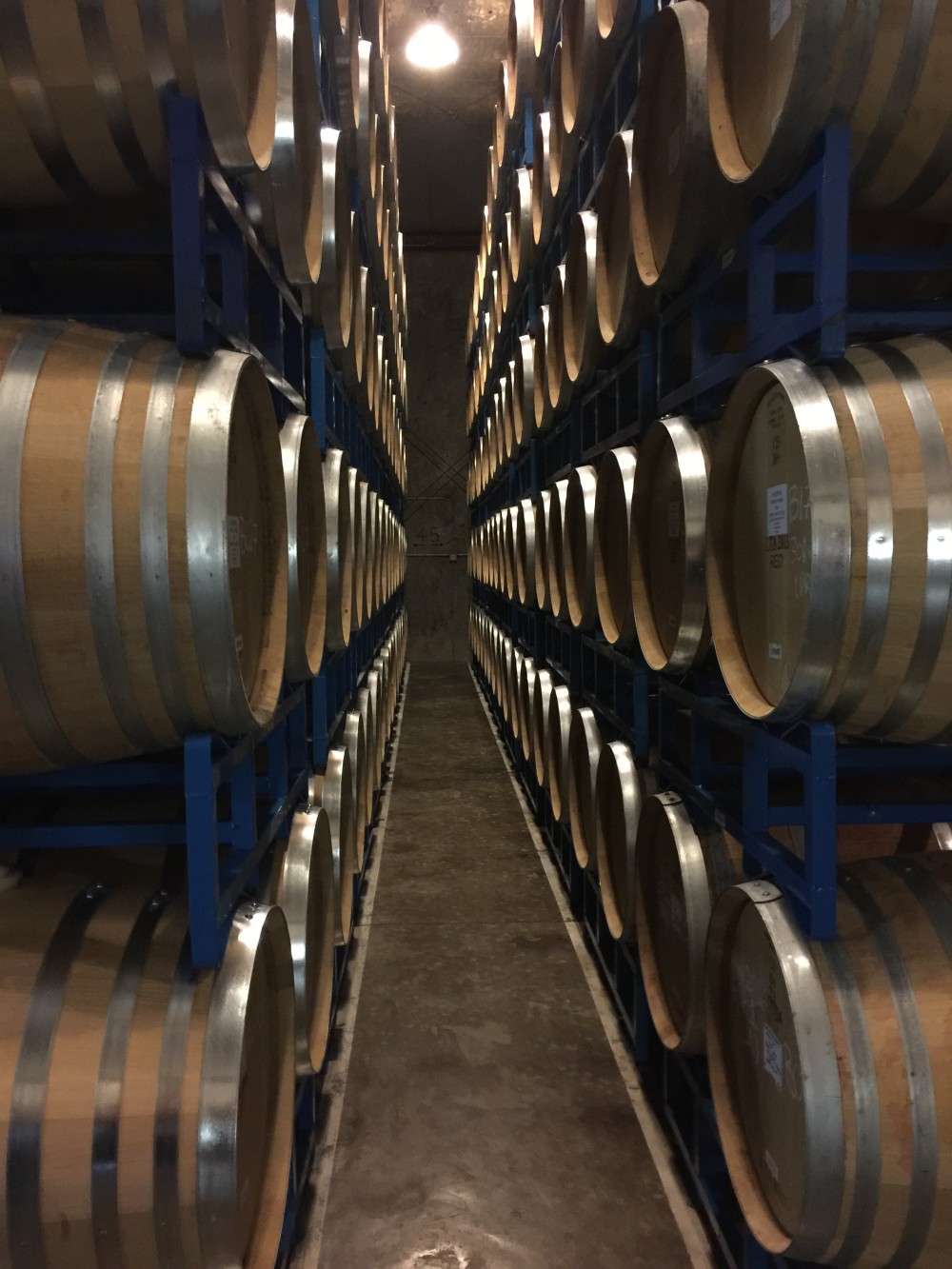
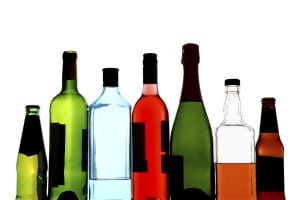
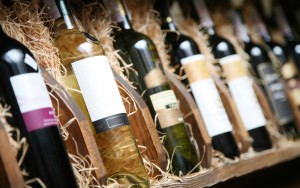
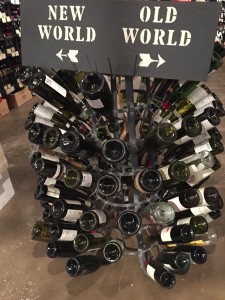

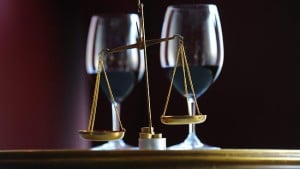
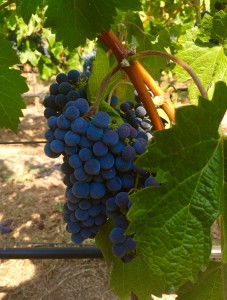

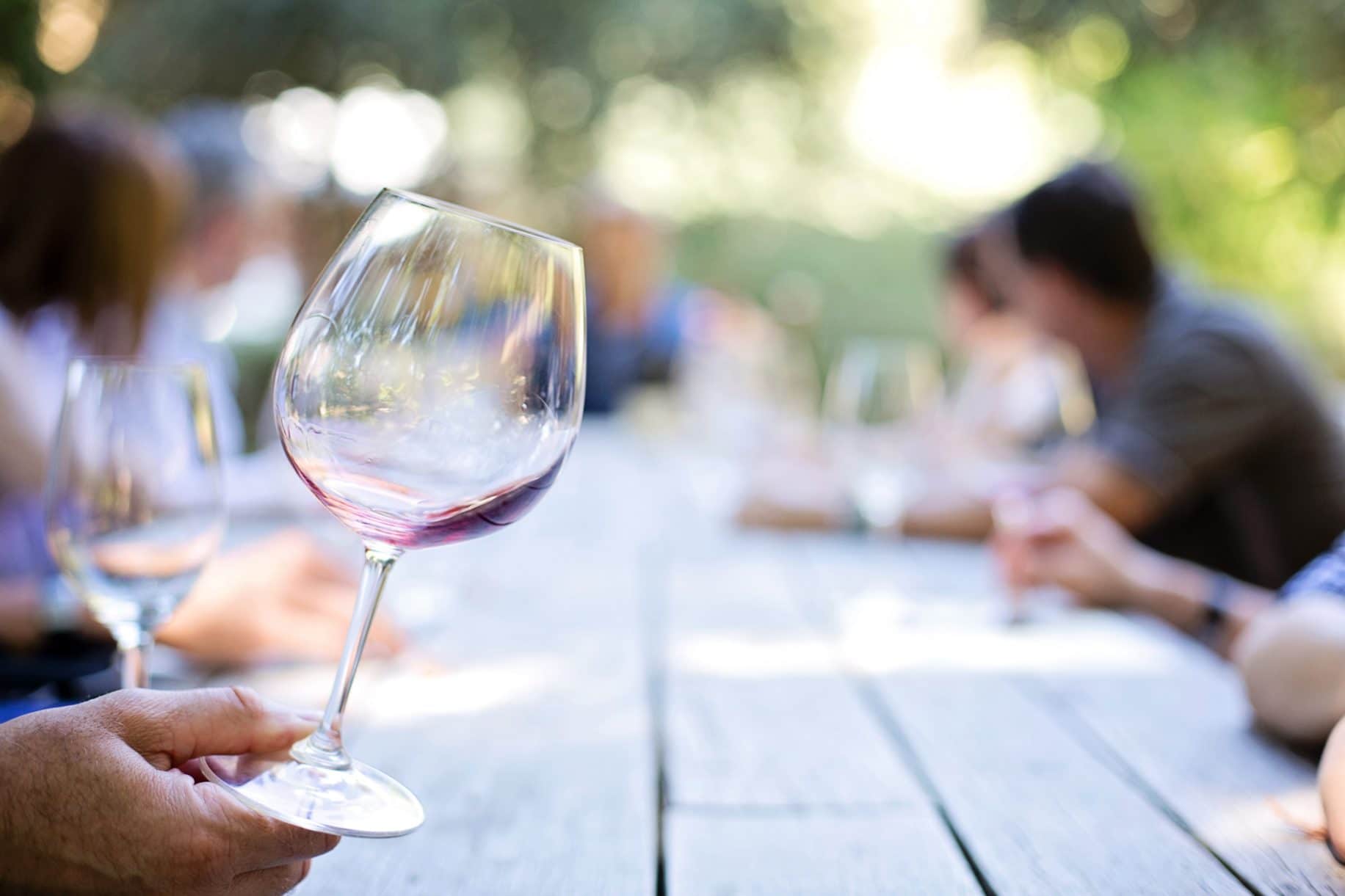

You must be logged in to post a comment.